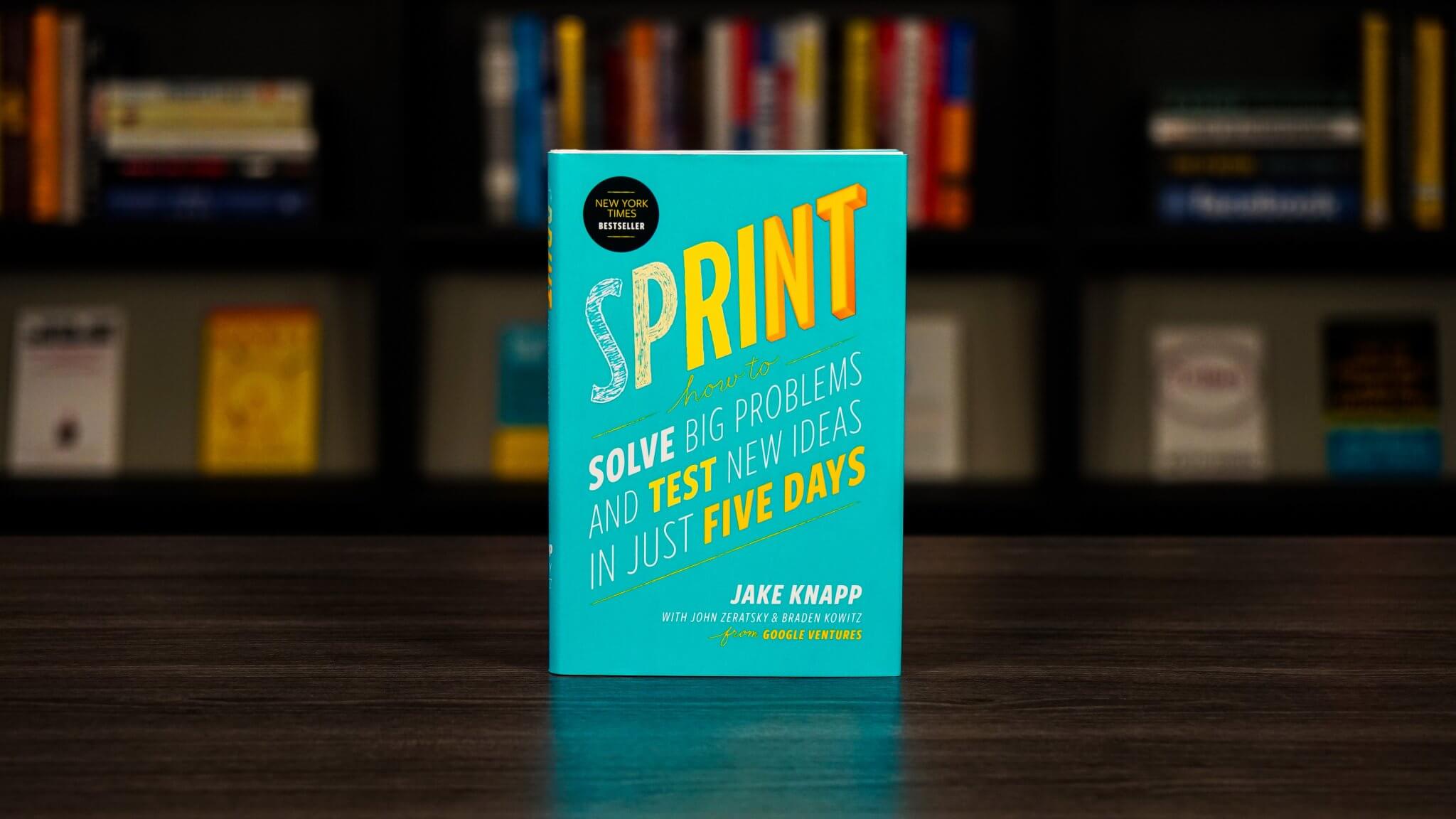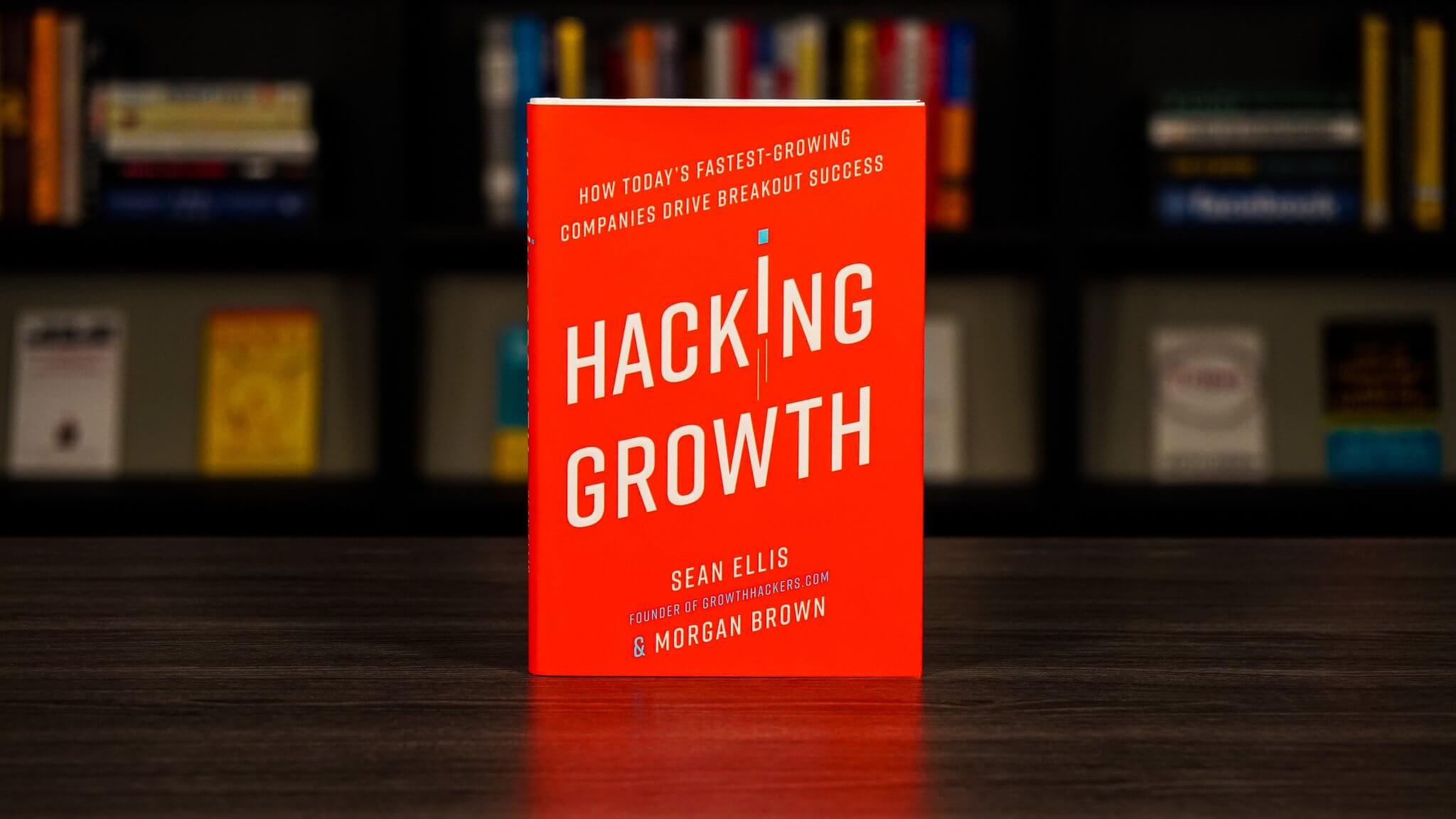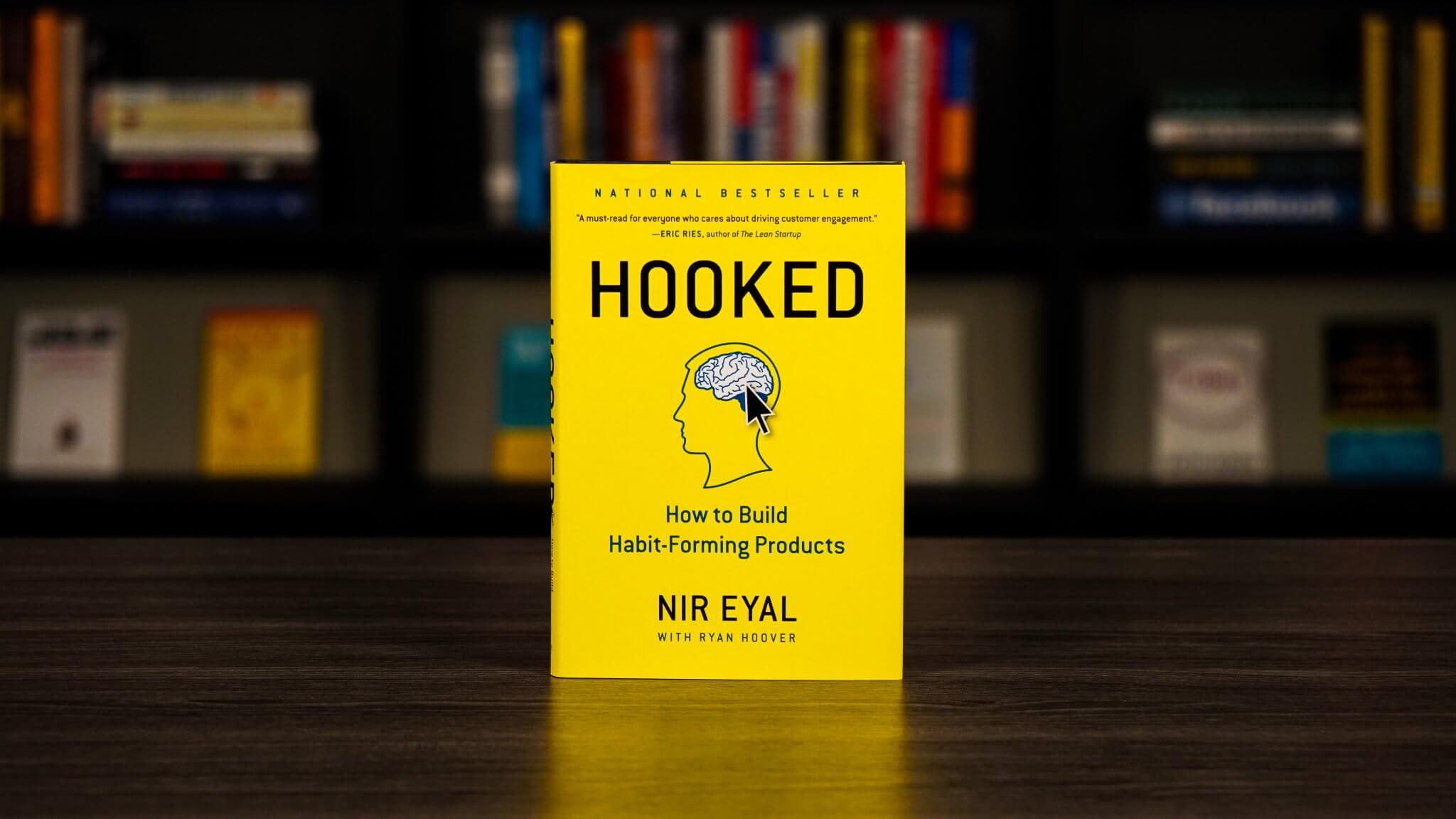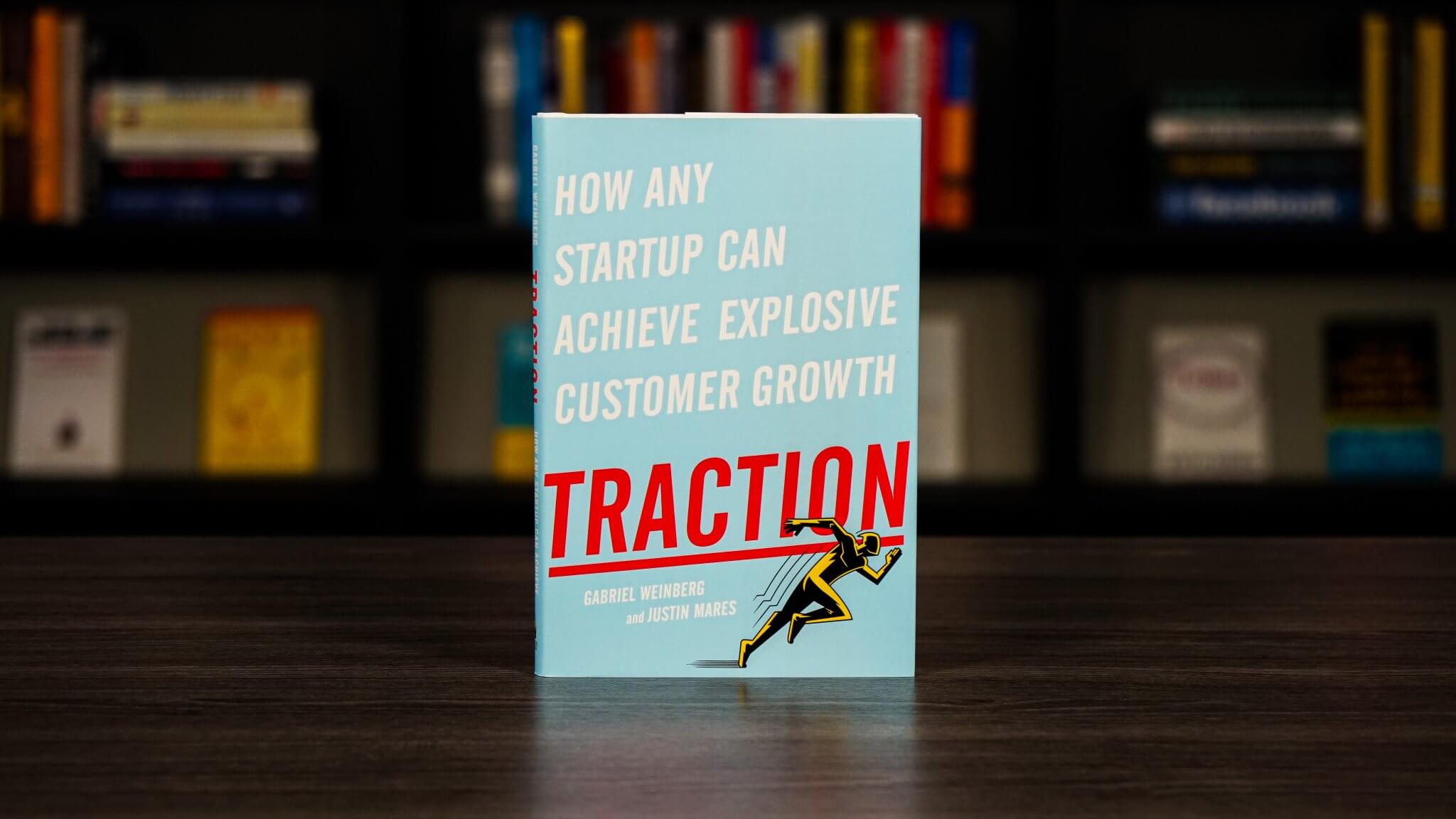Everything in business is more difficult when you’re selling a weak or inferior product. On the other hand, life is so much easier when you have a great product that receives positive reviews, word-of-mouth referrals, and repeat purchases.
Let’s explore six of the best product development books. Each one covers practical insights for product teams of all sizes. While you don’t have to read all of them to be successful, I recommend that you take a few minutes to review the list, so you can identify the ones that are most relevant to you. Here are some of the key topics:
- How to rapidly prototype and test ideas with customers
- How to accelerate growth with a culture of experimentation
- How to create products and services that people actually use
- How to boost engagement by creating habit-forming products
- How to increase customer satisfaction by reducing friction
- How to build timeless products that steadily grow in popularity
Disclosure: This content is supported by avid readers Just like you. (COMMENT DOWN IF YOU NEED ANY OF THESE BOOKS AT A DISCOUNTED PRICE!)
1. Sprint by Jake Knapp

The development of a new product or service is often unpredictable. Random issues can crop up, the scope of the project can grow out of control, or the team can simply lose focus on the original vision. Regardless of the cause, it’s easy to get stuck in a rut that kills momentum and, in some cases, threatens the future of the project.
Sprint details Google Ventures’ unique five-day process for overcoming difficult challenges. It covers practical strategies for rapid prototyping and testing ideas with customers. The insights can help you build a minimum viable product, solve a complex issue, or gather much-needed feedback to keep your project moving forward.
2. Hacking Growth by Sean Ellis & Morgan Brown

Many businesses are slow to react to the evolving needs of their customers. They may have talented people, but teams are often isolated based on professional roles or departments. As a result, diversely skilled people rarely have a chance to share information and collaborate towards addressing emerging customer needs.
Hacking Growth is about how to accelerate business growth by building a culture of continuous experimentation. It explains the value of creating small, cross-functional teams that can gather insights, generate ideas, and run experiments. Plus, the book provides detailed tactics for acquiring, activating, retaining, and monetizing customers.
3. Start At The End by Matt Wallaert

Many products fail to create real value for customers. Even those that are selling very well can end up buried in a desk drawer or stuffed into a closet, rather than being used as intended. As a result, the people buying them are unlikely to provide positive reviews, word-of-mouth referrals, or repeat business in the future.
Start At The End is about how to create products and services that people will actually use. It explains that the goal of any new solution is to change customer behavior, and it provides detailed advice on how to make that happen. So, if you want to build something that creates real value in the world, this book can help.
4. Hooked by Nir Eyal

Customer engagement is key to the success of many businesses—especially those offering subscription services or consumable products. Unfortunately, the dream of predictable recurring revenue often requires expensive marketing campaigns and other ongoing efforts to promote product usage, and those costs can quickly eat into profits.
Hooked introduces a different approach for increasing engagement. It explains how to help people establish a habit around using your product or service. The goal is to have customers automatically re-engage with your solution without the need for ongoing marketing campaigns or other external triggers.
5. Friction by Roger Dooley

Many products and services are needlessly complicated. The amount of time and effort required to pay for them, get everything set up, and start benefiting from them is often very inconvenient. As a result, people are less likely to use them or recommend them to others.
Friction is about finding ways to eliminate steps, reduce confusion, and address uncertainty for customers. This is important because when something is easy, people do more of it. And when something is difficult or time-consuming, people do less of it. So, if you want to attract and retain loyal customers, look for opportunities to reduce or eliminate friction wherever possible.
SIGNING OFF - MANNY!!


No comments:
Post a Comment